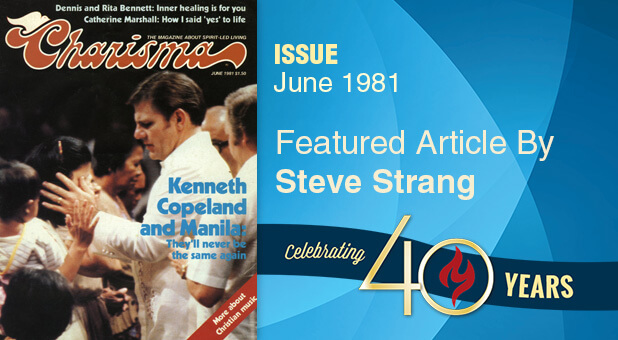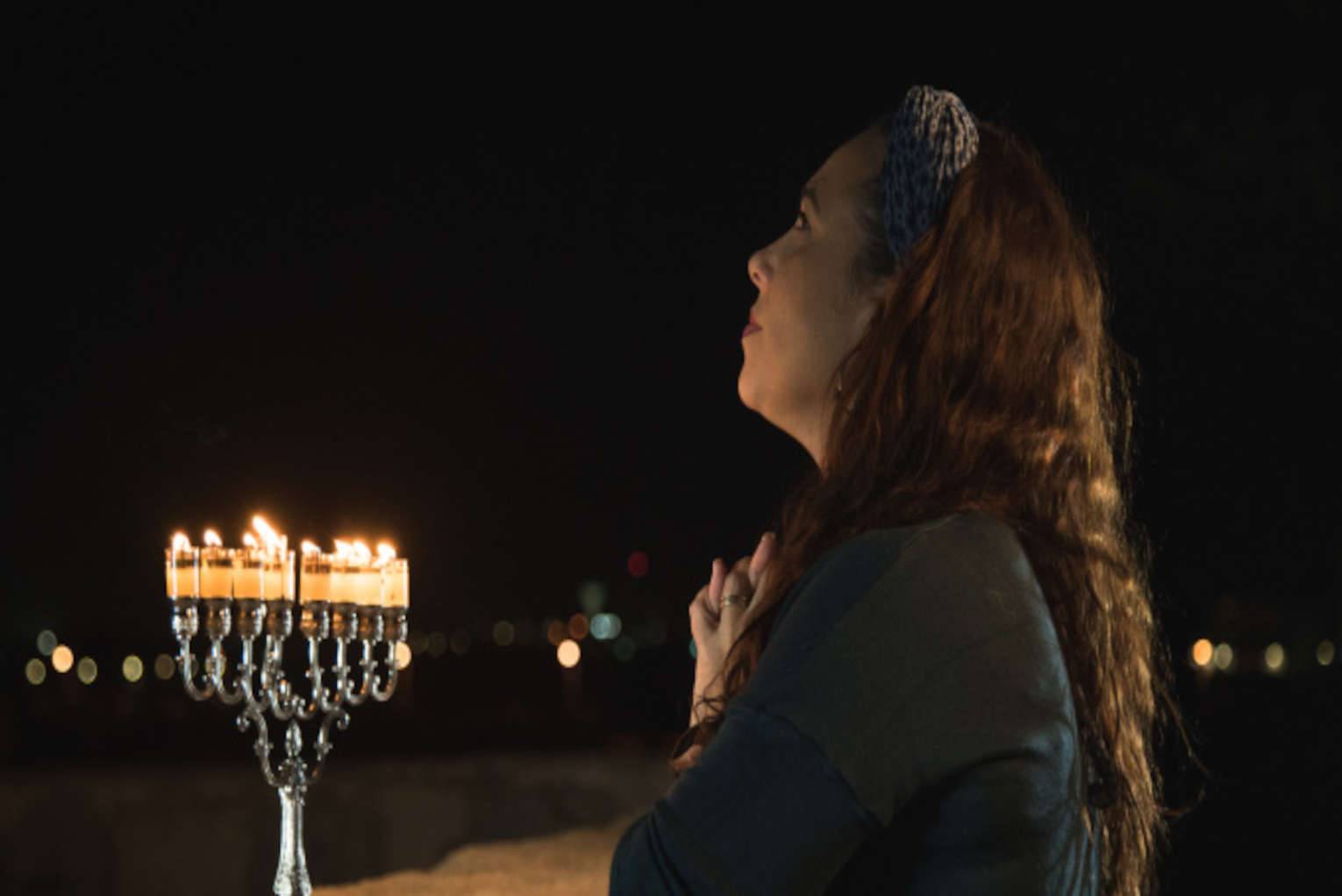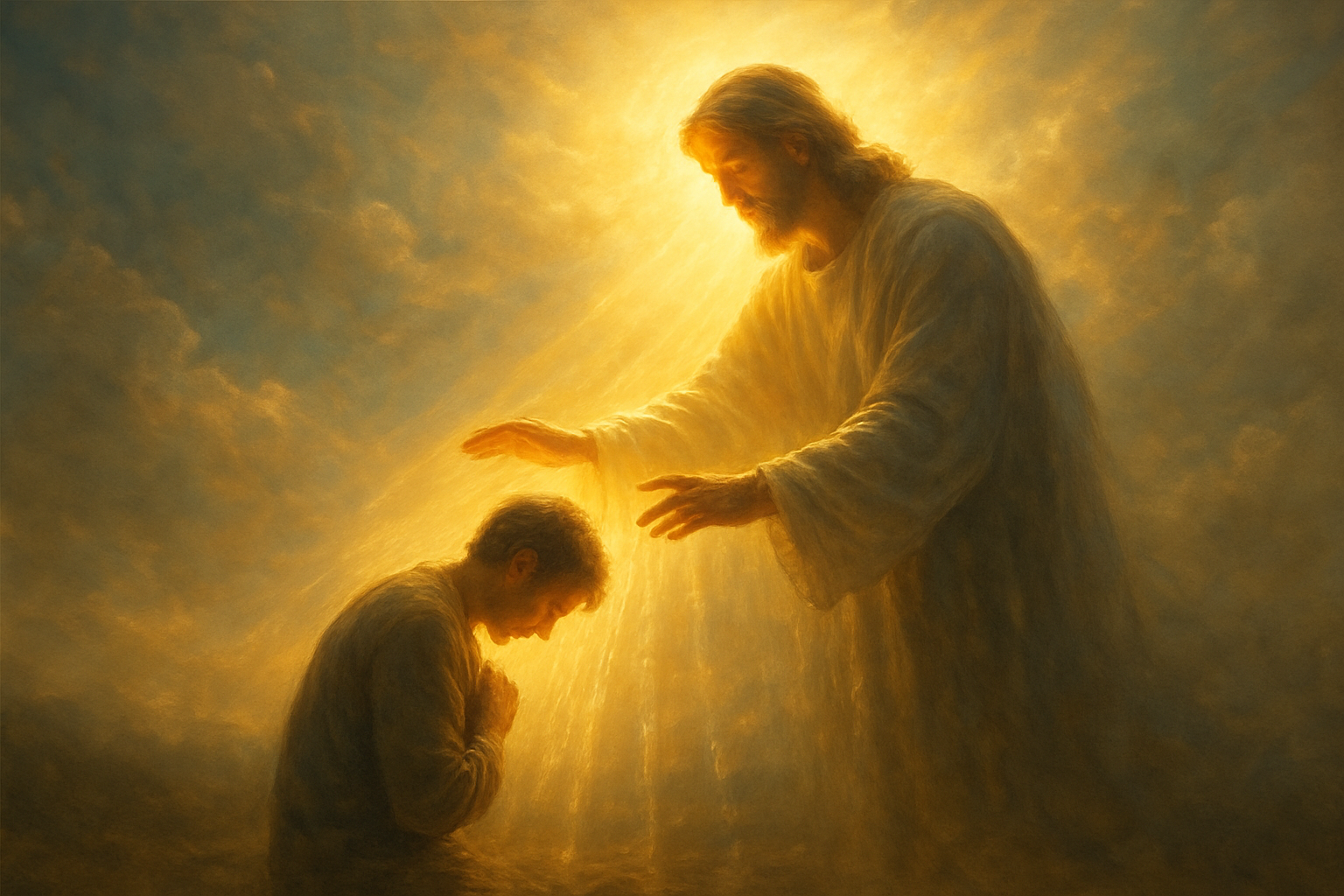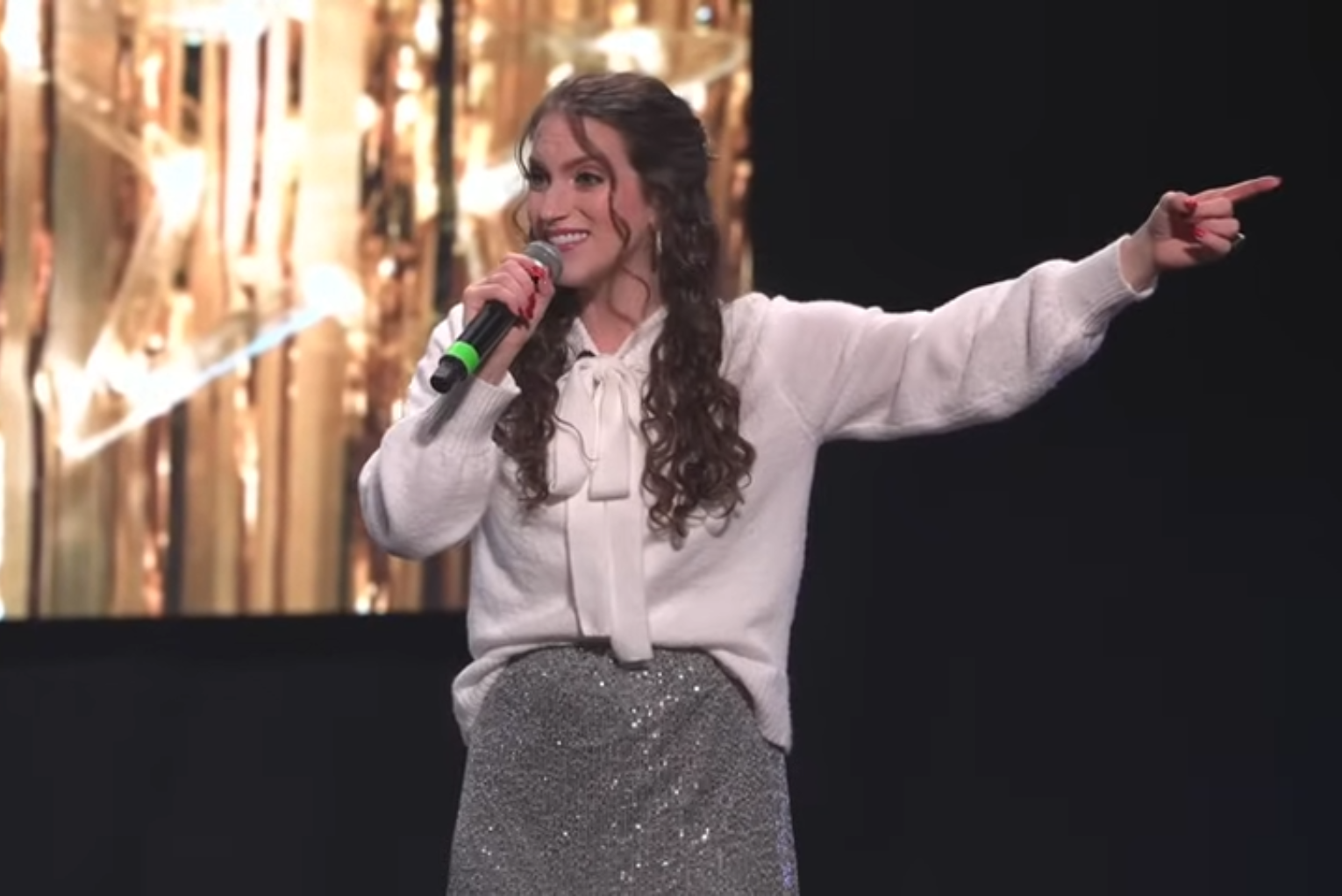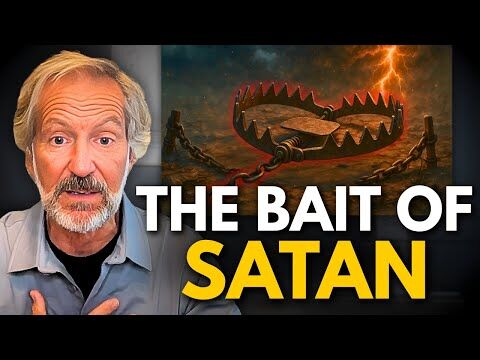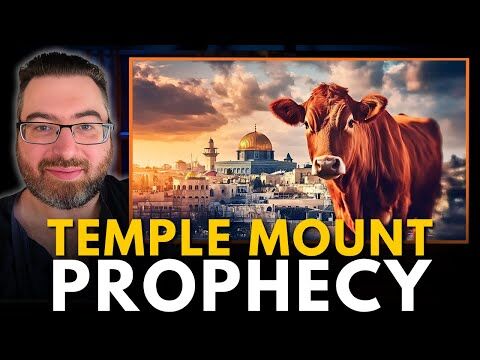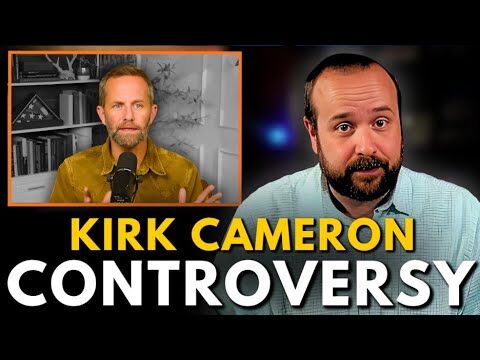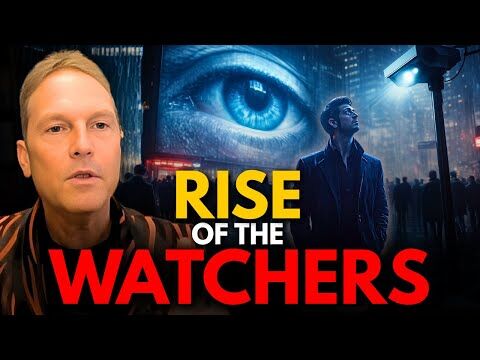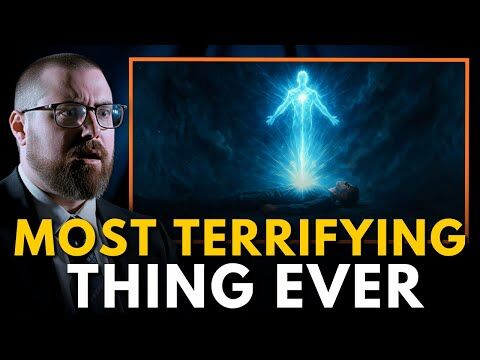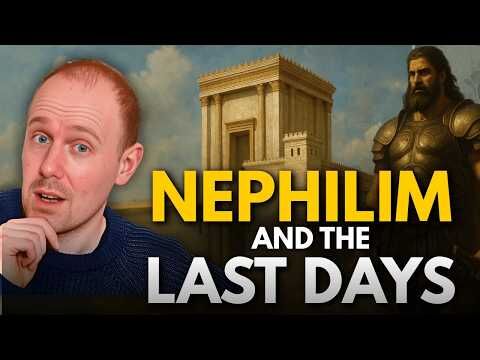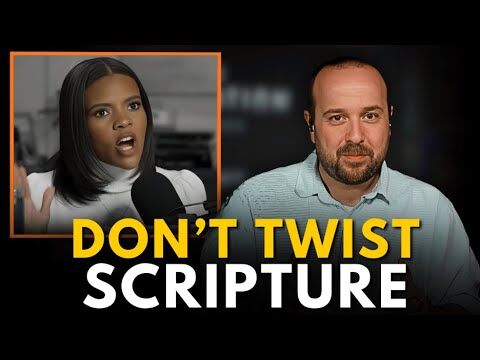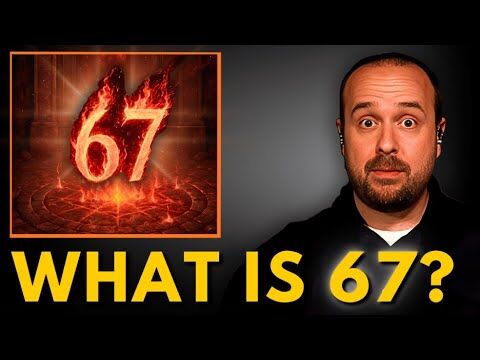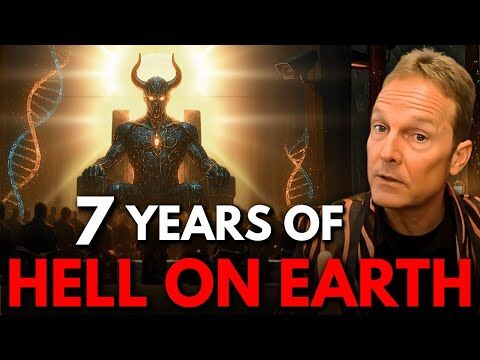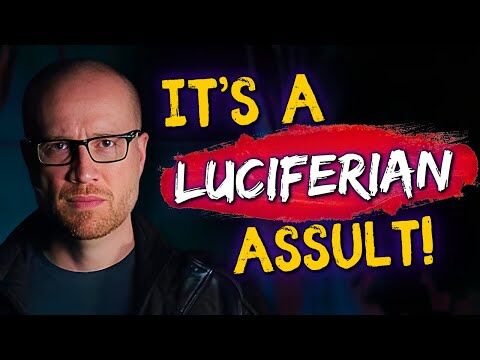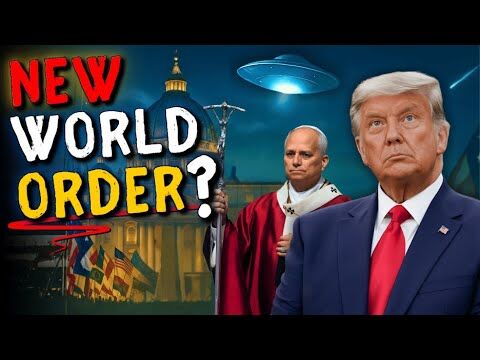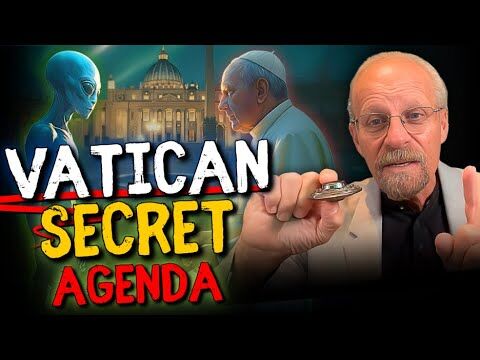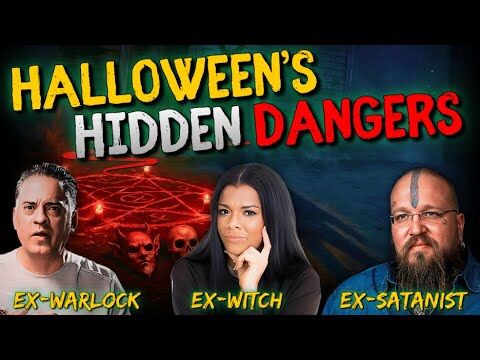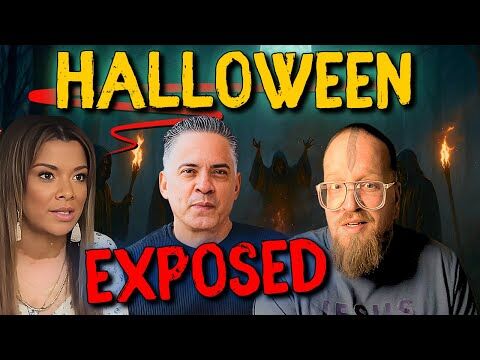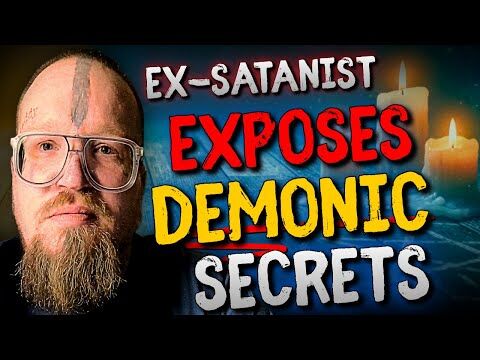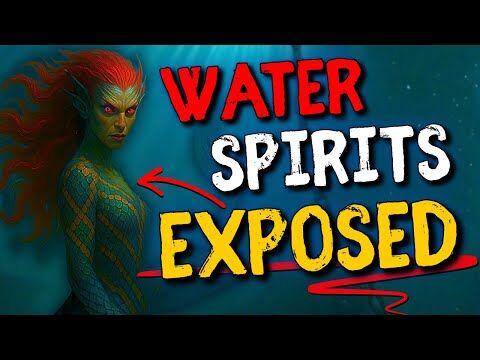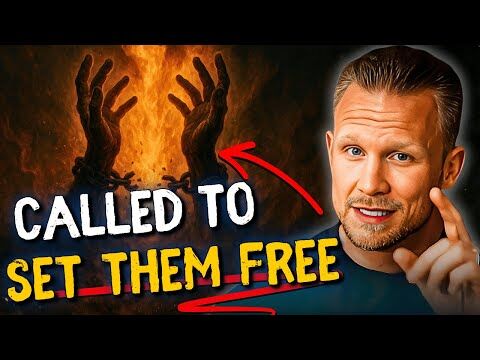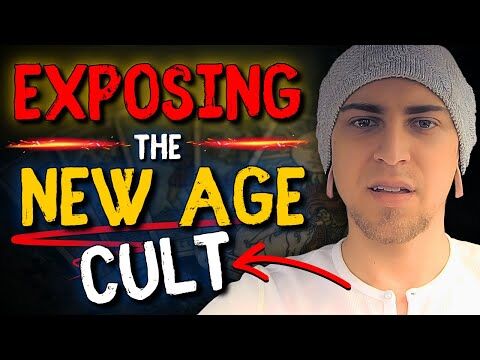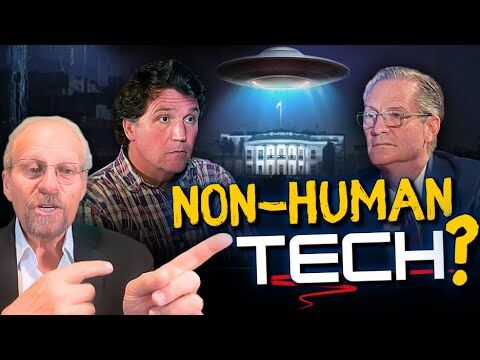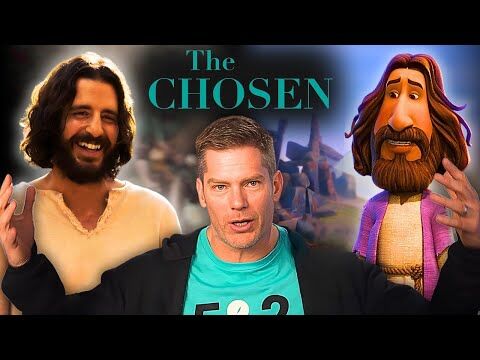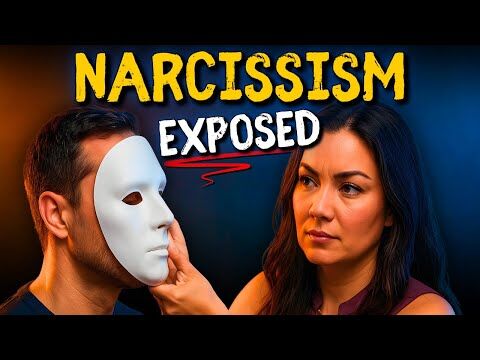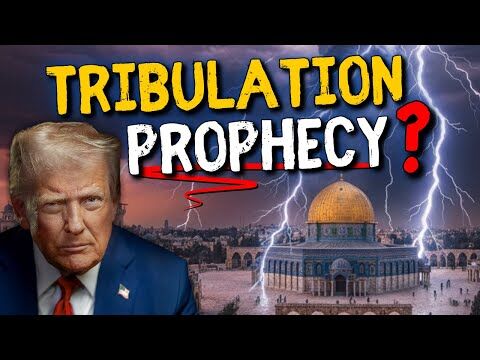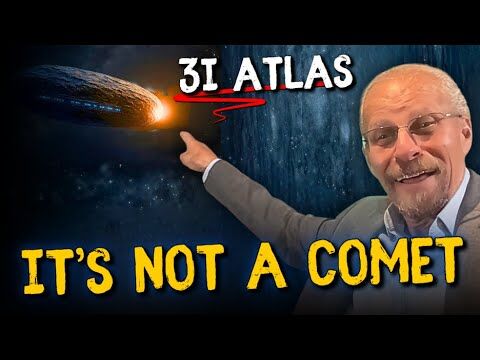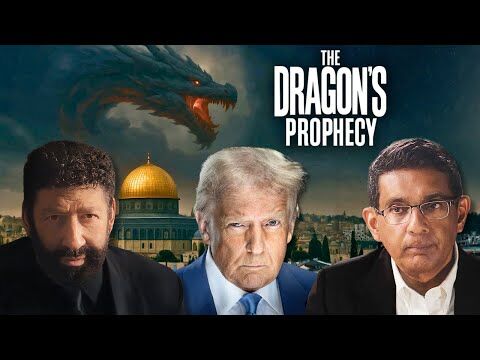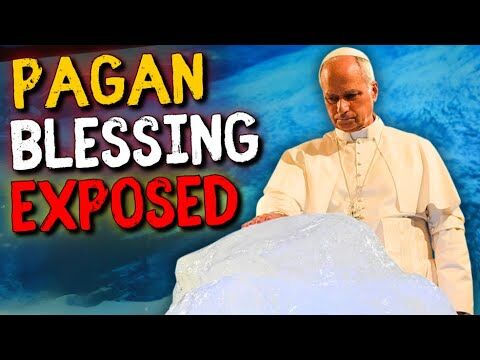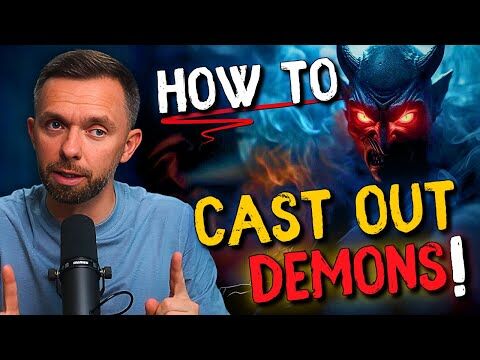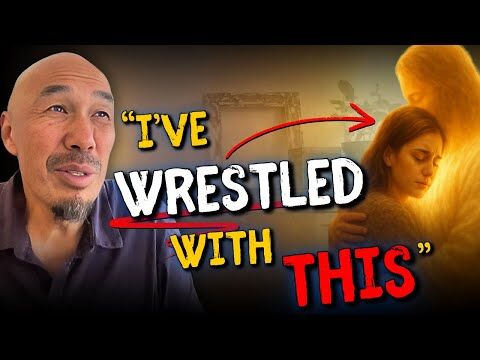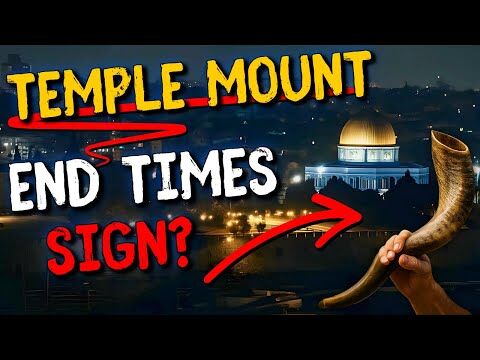Editorial note from Steve Strang: Kenneth Copeland’s ministry began a few years before Charisma and by the time I wrote a cover story on his ministry in 1979 he was considered a successful up-and-coming ministry. His teaching on faith influenced me; I share that in the article.
In 1981, I was privileged to travel with him on his first international meeting to the Philippines. Although he received a prophecy that 50,000 would be saved, a total of only 34,000 people attended the eight-night crusade. Writing that was difficult because I couldn’t ignore the obvious discrepancy; but, I also had great respect for Copeland’s ministry. It’s interesting to reread the article below after all these years, considering how it was prophesied that Copeland would be changed through the Manila trip. I believe he was.
In spite of what some might think was a critical report, Copeland and I have remained friends through the years and my respect for him has grown as I’ve seen the stability of his ministry and its great impact on the body of Christ.
The article below originally appeared in the June 1981 issue of Charisma magazine. Begin reading here:
Kenneth Copeland wrote his supporters early this year that he was “expecting to win in excess of 50,000 people to Jesus” during his eight-day crusade in Manila in February.
It was to be the first major overseas crusade for Copeland’s tremendously successful, though sometimes controversial, faith-teaching ministry.
In the past decade, Copeland has become one of America’s foremost Bible teachers because of his special gift of helping people understand who they are in Christ, and how to exercise the faith God has given them as believers.
Each year, tens of thousands attend his twice-monthly Victory Crusades in major cities across America. The faithful pour millions of dollars into his ministry, supporting his daily 15-minute radio program, his weekly hour-long television program, buying his books, records and tapes by the thousands and reading his monthly publication, The Believers’ Voice of Victory.
Copeland teaches that Christ redeemed man from the curse of the law which means, among other things, that all believers can live in divine health and can enjoy prosperity.
Copeland believes what he teaches. He is vigorous and looks younger than his 43 years. And he enjoys a comfortable lifestyle which includes flying to his meetings in America in his private jet (which is more economical and saves more time, he points out, than flying his large crusade team on commercial airlines).
But critics call his teachings “Cadillac prosperity.” It’s something that will work only in America because it is a prosperous nation. But what about the rest of the world? It won’t work in third-world nations, they say.
I was invited to cover the eight-day crusade in Manila as a journalist. Copeland’s staff members were excited about the meetings scheduled for the imposing Araneta Coliseum, site of Muhammad Ali’s 1975 “Thrilla in Manila” boxing match, as well as one of the places where Pope John Paul II would celebrate mass during his historic visit to the Philippines only a few days after Copeland’s visit.
They told me Copeland’s meetings would be the greatest meetings ever in the Orient, the beginning of the greatest revival in the Philippines. So I went, my curiosity aroused, hoping for a good story.
I had written once about Copeland in Charisma (June, 1979). I have read his books, listened to his tapes and been influenced by his ministry. I wondered how he would be received in a non-American environment.
What I saw was an interesting blending—and clashing—of two cultures. But I saw that the Word of God works in Manila as well as Miami, as well in Luzon as in Los Angeles.
Copeland’s ministry (after a slow start) was well received by the Filipinos who eagerly grasped—some for the first time—the faith message that they have authority as believers.
Many testified they’d never be the same. Copeland’s message gave them something to hold on to after he left. In faith, I am sure, the Philippine Islands will never be the same because of the seeds of faith that were planted.
While the Filipinos changed and grew because of the faith message, I watched—close-up—a change in Copeland and his ministry team. They were deeply moved by what they experienced in Manila. And as Copeland’s director of publications George Pearsons told me, Copeland’s ministry will never be the same either.
Interestingly, this is what Oral Roberts prophesied several months before the Manila crusade. He was at a Kenneth Hagin camp meeting in Tulsa where Copeland had been ministering on “change.”
Roberts then rose and prophesied over Copeland: “The word ‘change’ that you used tonight over and over ‘you’re going to be changed. You’re going to be changed. You won’t be the same,’ you were speaking to yourself.”
“You didn’t choose to go to Manila,” Roberts continued. “Forces came together and called you. The Spirit called you through these people and you said, ‘Me, go to Manila?’ Yes. The Spirit is speaking to you but we must envelope you with the very anointing and power of God or you won’t come back. Something is going to happen over there. I’m burning up with it … .”
Then Roberts asked Kenneth Hagin and T. L. Osborne to pray over Copeland, which they did, finally sensing a “breaking” of the thing Roberts said he felt in his spirit needed to be broken.
Copeland responded, “I commit, in the name of Jesus, that I will not withdraw from any man, beast, nor devil. And I re-declare we will win a minimum of 50,000 souls to Jesus in eight days. The nation of Manila (sic) will come to the Lord and be broken to its knees in repentance … .”
Copeland had been feeling the Lord wanted him to minister overseas, but he didn’t know how. He sought out Lester Sumrall of South Bend, Indiana, who has had great success overseas as well as in America. Copeland and his wife, Gloria, went to South Bend and after ministering in Sumrall’s church asked to be anointed for overseas ministry.
Sumrall anointed him, then prophesied over him. Copeland meanwhile went down “under the power.”
A few months later when Sumrall was in Manila, he rented the Araneta Coliseum and arranged for the Copeland meetings to be sponsored by Bethel Temple, a great church in downtown Manila. Bethel Temple founded by Sumrall back in the early 1950s, is pastored now by Lester’s nephew David Sumrall. Later, Lester Sumrall organized a tour of 225 Christians—including me—who accompanied Copeland to the meetings.
Meanwhile, Copeland raised $140,000 from his USA supporters and got his thousands of people to promise to pray for the meetings. In a letter to his donors Copeland repeated the prophecy he made at the camp meeting that the eight-day crusade would result in more than 50,000 people finding Christ.
He sent Associate Billy Rash to Manila two months ahead of time. Rash sent back reports of a woman who had been blind for years receiving her sight in a meeting they held in Manila. He told Copeland to expect even greater things.
By the afternoon before the crusade began, Copeland told me his faith was even stronger. There would be 50,000 saved not in eight days, but in the first two nights alone.
The Copelands went to Manila a day early, because their friend Dr. James E. Johnny Johnson, former Under-Secretary of the Navy in the Nixon administration, had arranged an audience with Ferdinand Marcos, president of the Philippines (Johnson had been stationed at one time at Subic Bay outside Manila, and was personal friends with President Marcos).
They talked with Marcos for 45 minutes about various things—especially the new Reagan administration which had been in office just a few days. Then Johnson asked the President if Copeland could pray for him.
Copeland told President Marcos, “I believe the greatest thing we can do for you is to pray that God will sustain you in your high office and enable you to administer it as God’s gift.”
Interestingly, Copeland didn’t share in the meetings about his visit with Marcos. It was too personal, Copeland said.
The 225 English-speaking people on the tour paid $1,500 each to be a part of the crusade. The group did some sightseeing, stopping overnight in Tokyo on the way over, and in Honolulu on the way back. But mainly they came to Manila to help Copeland minister.
Most of the people were Americans. The rest were from Canada, New Zealand, Scotland and Australia.
Many in the group were ministers and wives, who took opportunities to preach in various parts of the Philippines. Others went into the slums of Manila to hand out thousands of small fliers in English by Kenneth Copeland on topics like “Prayer That Brings Results.”
One group of ministers—Ed Dufresne, Happy Caldwell, Wylie Tomlinson, Sam Carr, Jerry Wright, Bill Grein and Jerry Curtis—went to various parts of Manila including a place called Tondo, translated meaning “where the garbage is laid.”
The tour members who visited the poverty-stricken areas or who ministered to the Filipinos said they were deeply moved by the experience. Many said they’d never be the same. Most said they wanted to come back.
But others on the tour spent their days shopping, taking bus tours to points of interest in Manila or attending two daily teaching sessions at Manila Bethel Temple held in conjunction with the Copeland Victory Crusade. Gloria Copeland taught each morning on healing; Lester Sumrall taught each afternoon on faith.
When asked to hand out tracts or minister in Manila’s slums, some in the tour group declined, saying they preferred to get “the teachings,” an attitude that irritated the ones who had been touched by the need for ministry in Manila.
Every morning at breakfast, I’d pick up the latest stories about what the tour members were doing. My favorite was from an attractive middle-aged American lady who spent several days sunning at a Filipino resort for the very rich several hours north of Manila on the China Sea. She had some connections with the family of the first president of the Philippines. This family was her host at the resort.
She met there a handsome young descendent of the former president, whom she felt should be a future president of the Philippines. She asked if she could anoint him with oil. She told me later she felt like Samuel sent by God to anoint Saul for kingship.
Copeland asked to meet with the tour group in the Manila Hilton where we stayed the afternoon before the meetings began.
“We didn’t put together this tour for sightseeing,” Copeland told them. “This is a team to witness and pray and to bring the power of God to bear on what will come about.” Then, he and Gloria, along with Lester Sumrall, laid hands on each of us to impart—as Copeland put it—”the same anointing to heal the sick and perform miracles that he had.” As he touched us, several people went down “under the power.”
Then, Sumrall interpreted a message in tongues: “These meetings are of Me, saith the Lord. I will bless them. You shall bless the Filipino people and cause faith to raise up.”
A woman from Jacksonville, Florida, stood and said, “We love you Kenneth and Gloria. We’re standing with you; you won’t be ashamed of us. We believe we’re standing on the brink of destiny.”
A few hours later, some may have wondered if she was right.
The 225 tour members were ushered that evening to the front center section of the mammoth 370,000 square-foot coliseum designed to seat 24,000. Many had expected the place to be packed. After all, more than 400,000 leaflets had been distributed. There had been announcements on Manila television stations.
And, a large ad that morning in the leading Manila newspaper advertised the meetings with a headline that read: “Jesus is Lord of the Philippines. Kenneth Copeland Victory Crusade. Feb. 1-8, 7:00 p.m. Araneta Coliseum, Quezon City, Philippines. Preaching. Music. Miracles. The public is invited. All seats free … .”
But the place wasn’t full that night. There were only 4,183 by actual count at the gates by the coliseum superintendent.
Copeland told me later he was stunned at the poor turnout.
After all, previous meetings had drawn tens of thousands dating back to the early 1950s. For example, in 1955, Oral Roberts held meetings in which 40,000 people reportedly attended every night for six weeks. Local radio stations carried daily reports and then President Magsaysay reportedly told Roberts the only answer for the Philippines was Christ.
Three years earlier, in 1952, Lester Sumrall had held his first great meeting in Rizal Stadium sponsored by Youth for Christ. Hundreds were saved that year.
Out of these huge meetings many Full Gospel churches like Sumrall’s Bethel Temple were started.
Later, men like Rex Humbard, Ernest Angsley and Jimmy Swaggart drew tens of thousands when they went to Manila. Ironically Swaggart supporters were handing out fliers promoting Swaggart meetings to be held six weeks later as people left Copeland’s services.
But Copeland’s initial service was anything but a success. The arena was 84 percent empty. His prophecy of seeing 50,000 won to Christ in two days was obviously wrong. What now?
If Copeland was disappointed, it didn’t show. He sang several upbeat songs with his band backing him up, and told the Filipinos the meetings were “a love gift from your brothers and sisters in the United States” (which brought applause).
He thanked the Filipino people for “releasing your faith, along with the body of Christ in the United States concerning the release of the hostages” in Iran, only two weeks before.
Then he prayed for the nation and government of the Philippines, interceding for President Marcos, his wife and high government officials. Copeland preached that night a powerful message on “Jesus the Jubilee,” from Luke 4.
“Jesus was telling the sick people they did not have to be sick any longer. He was telling the blind they did not have to be blind anymore,” Copeland said. “To the brokenhearted He was saying, ‘You don’t have to be brokenhearted.’ To the captives He was saying, ‘I’ve come to set you free.’ The Jubilee has come and His name is Jesus!”
After preaching for 45 minutes, Copeland seemed unsure how to end the service. Seriously ill people already had been brought to the front of the coliseum to be prayed for.
Then, like Kathryn Kuhlman used to do at her miracle services, Copeland began calling out illnesses and healings: A ruptured right eardrum is healed; a bad throat is better; someone’s back is healed; lungs are being healed. So are nerves.
Copeland asked those who had been healed to come forward.
No one responded.
Copeland then asked the people to begin praising God.
He finally asked the tour members to spread out in the crowd and pray for people.
The tour members were eager. They spread among the Filipinos and began praying in groups of two or three. A few began casting out demons and shouting at illnesses.
One 6-foot, 200-pound American preacher pounded with one hand on the back of a 5-foot Filipino man, while waving the other hand wildly over his head.
Minutes passed as these mini-healing services took place throughout the coliseum. Copeland seemed awkward. Finally, he said “no one get nervous. We’re just going to follow God.”
Just then, someone rolled an emaciated-looking 30-year-old Filipino man to the edge of the platform. Copeland leaned over the edge of the platform, laid his hand on the head of the man and shouted, “In Jesus’ name, be healed!”
The man slowly pushed himself to the edge of the high-back wooden wheelchair, braced himself with both arms and laboriously raised himself. He took four or five halting steps forward and caught himself on the edge of the platform.
The crowd went wild. People began praising the Lord, yelling and clapping.
But it was obvious the man was experiencing excruciating pain. Before the man collapsed, Copeland rebuked pain, and let him return to his wheelchair.
When Copeland asked Gloria and Sumrall to form three healing lines in front of the platform it looked as if half the crowd came forward for healing.
After everyone was prayed for, Copeland led those who wanted to be saved in a sinner’s prayer, prayed for marriages to be restored, and prayed for the unemployed to find jobs. Everyone applauded. (Unemployment is a problem in the Philippines where the average daily wage is the equivalent to $4 a day.)
Then, to the strains of “How Great Thou Art,” the meeting abruptly ended. Copeland hurried to a waiting car.
Meanwhile, I had worked my way through the crowd to the man in the wheelchair. His name was Romeo R. Pakingan and he had been operated on three times for malignant tumors. He told me through an interpreter the doctors hadn’t given him long to live, but he believed he had been healed.
Later in the week I saw him in the meetings again still in his wheelchair. There was no obvious indication of healing.
I had watched the faces of the people as Copeland prayed for Mr. Pakingan, extending their hands toward him to show their faith. They strained to join their faith with Copeland’s, wanting so much to see a miracle happen, wanting so much to see the man be healed.
If the people were disappointed, they weren’t half as much as Copeland.
Copeland told me en route back to America that he was discouraged after that first meeting. He had been advised by many not to offend cultural sensitivities and felt he could not be himself.
He said his ministry differs from other American evangelists who rented the Araneta. Yet a platform, complete with center ramp, had been built so the miracle cases could be paraded before the admiring crowd as some evangelists like to do.
That isn’t his style. So Copeland sequestered himself in his hotel room and sought God on what to do. The next night the long ramp was gone.
“I really admire him for sticking with it after such a dismal start,” said David Sumrall, pastor of Bethel Temple who drove Copeland back to the hotel after that first service.
“He didn’t say anything negative about how he felt,” Sumrall said. “But I saw his face. I could see how low he was. A lesser man would have given up and gone home right then. He saw he had to change. He did the things he felt he had to do. It took a big man to do that.”
If there weren’t enough problems already, David Sumrall began getting negative comments about the tour members’ behavior in the meeting. Apparently they were not sensitive to the Filipino culture.
Some Filipinos resented that the foreigners were ushered to positions of honor front and center in the coliseum, while the Filipinos had to sit in the grandstands behind them. Others said the tour members were too rough when they prayed for people the night before. A few had pushed over the smaller Filipinos in their zeal to lay hands on them or to see them “go down under the power.”
David Sumrall asked to talk to the tour members the next day. “These are a gentle people who love to love and love to be loved,” he said. “Speak gently to them and with the love of God. Reach out. People respond to love. It is still the same in any language. Just smiling under the anointing will cause burdens to break. Mingle with the people. Get in the middle of them.”
His talk seemed to work. The tour members quit sitting together. They became more aware they were guests in another country. They developed a rapport with the Filipinos. By the final night, hundreds of Filipinos crowded the bus stop outside the coliseum to wave goodbye to their new friends as they were taken back to the hotel.
Filipinos are generally pro-American. President Marcos is one of the United States’ greatest allies in the Orient.
They wear American-style casual clothes. They listen to American music and watch American television reruns. When I was there, the big rage was disco dancing—something John Travolta made popular over here a few years ago.
English is a major second language taught to all Filipino students in secondary school. Almost all commerce, and all street signs or products in stores are in English.
However, this proud nation has nine major languages and 90 dialects although the government is trying to make Tagalog the national language. The sensitive evangelist understands and does not try to force American culture, customs or language on the people.
But Copeland’s meetings were held entirely in English, except for songs he sang in Tagalog. I couldn’t understand why the meetings were not translated—especially when Lester Sumrall told me this was the first evangelistic crusade conducted in Manila without an interpreter. Maybe it was because each meeting was televised for possible rebroadcast in the United States.
Even though most of the people who came to the meetings could understand English, Sumrall told me at least 10 percent of the people could understand nothing that was said. Another large percentage couldn’t speak English well enough to understand much of what was said.
When I tried to interview Filipinos, I had difficulty communicating unless I was with an interpreter who spoke Tagalog.
(Interestingly, en route back to the United States, Copeland told me of an unconfirmed report he received from Billy Rash, his associate. Rash said a woman told him that her elderly mother who spoke no English understood none of the service until Copeland began to preach, then she understood everything perfectly. “That’s just like the Day of Pentecost,” Copeland said.
Copeland told me that story sitting in Narita Airport outside Tokyo waiting for a connecting flight. Dressed casually in white slacks and a blue knit shirt, Copeland admitted he felt weary after the eight-day crusade—like air let out of a balloon.
Seated in a Japan Airlines waiting area, Copeland and Gloria shared their feelings about the crusade.
“I found out I had to believe God for things I didn’t know I’d have to believe God for,” Copeland said, lightly tapping the plastic arm of his chair for emphasis.
“I had to just lock myself up in prayer and find out what God wanted me to do. And, I had to fight discouragement over the size of the crowds. But then I saw that God was bringing together a nucleus of 2,000 or so who were there every night. I saw that they were taking the Word and that it will last, and that they will take it all over the islands.
“Finally, I got with the program and flowed with what the Spirit of God was doing,” Copeland said.
The breakthrough Copeland was referring to seemed to come the night he sang, “He Is Lord,” in Tagalog. Then, another night he sang in English “God Bless the Philippines” (to the tune of ‘God Bless America,” with a few word changes). Simple gestures, both of them. But they had the same emotional impact that John Kennedy’s did when he stood at the wall separating East and West Germany and said “Eich Bin Ein Berliner” (I am a Berliner) in the early 1960s.
Copeland was saying, in essence, “I am a Filipino.”
As the days passed Copeland discovered that in spite of language barriers and cultural barriers he could minister the Word as much as he does in the United States.
“We thought it would be different than ministering at home,” he said. “But the Lord had us do here what we do at home, and that is just teach the Word. It was exciting to see the way the people received it.”
Copeland told me he thought the most important thing he did in the Philippines was to plant an “indestructible seed.”
“The people were ready for the Word,” he said. “We gave them a heavier Word than I expected. I believe it was the seed to a great revival in the Philippines that will eventually break out like it did in Indonesia a few years ago.”
Copeland seemed to understand that something else had happened.
“The testimonies of the people were so wonderful,” he said. “Almost everyone referred to something they’d been taught.”
Copeland was referring to Saturday night when Gloria stood in front of the platform and interviewed people who said they were healed. It was an exciting time. The people were eager to hear of miracles. They cheered and praised God for each person, even for the ones whose healing was not made clear, but who seemed to only want to express their devotion to the Lord.
When the testimonies began, I paid particularly close attention. I’d been watching for the miracles that all of us wanted to see. I had interviewed people on stretchers; people with seriously impaired vision; people in wheelchairs. From what the people told me, no “miracles” had taken place (although many said they were somewhat improved, or that they believed in faith they were healed.)
As a Christian I believe healings must be accepted by faith. But as a journalist, I wanted healings I could document for this report.
Of the 25 people whom Gloria interviewed that night, three Americans said they had been healed of head colds or pressure in the head. Another American was healed of an inflamed knee. And three people—two Filipinos and one American— were healed, they said, of emotional or nervous disorders.
There were several testimonies of healings of the eyes. One 89-year-old blind woman testified in Tagolog how she could see light for the first time in years. The crowd applauded time after time, although we foreigners didn’t know what she said until it was translated into English. It made us know what it felt like to not understand the language being spoken.
Another testimony was from a young Filipino girl whom I had interviewed two nights before, after she enthusiastically claimed a miracle healing for congenital cataracts when Copeland touched her in the healing line. She told Gloria how much improved her vision was.
Three others said they broke or lost their glasses after claiming healing for nearsightedness or astigmatism. None said specifically they were healed, but each said they had no headaches, and they implied their eyes were healed.
Some of the healing testimonies were more specific—like the lady with only one kidney who had no kidney pain for the first time in years. Or the man who said he was healed of heart disease and ulcers.
Several people said Copeland had given a word of knowledge that they would be healed. One lady said she was healed of arthritis, and swung her arm over her head to prove it. Another was partially paralyzed when Copeland called out her healing. She said she stood to claim that healing.
As the people recited accounts of their healings I noticed comments about how the Lord had given them faith to claim their healings.
One lady said that the Lord “taught me healing comes from the moment you believe.”
But a young Filipino man who worked for the telephone company may have summed it up best: “I’ve been serving the Lord many years, but this is the only time I’ve really learned to have faith and to use it to reverse the power of Satan.”
Later in Narita Airport, Gloria said those testimonies were the most important. “We feel like if we go into a place and leave the Word of God, then the people can stand on the Word themselves after we’re gone.”
One other thing seemed to emerge from the meeting. The times in which the Spirit of God moved in the strongest way was when the people ministered to each other.
Several times Copeland had the people lay hands on the person next to them and pray for salvation, healing or victory over the devil. Once he had the entire crowd pray four times for each of the people in front, in back and on each side of them.
Copeland and Gloria were both impressed with the openness of the Filipinos and how uninhibited they were in worship. Part of this is the influence, Copeland believes, of the Roman Catholic church (80 percent of all Filipinos are Catholic).
“The Catholic background is excellent,” Copeland said. “They are taught to expect miracles and they are very obedient. If you show them something out of the Bible, they don’t question it; they move on it. That gives the Spirit of God all kinds of lateral ways to move.”
Copeland referred to the strong Catholic influence in Manila on Thursday night when he spontaneously prayed for God to bless the upcoming visit of Pope John Paul II about which all of Manila was talking.
His prayer was a beautiful intercession for the Lord to move through John Paul II—whom Copeland called a “man of God.”
Why had he prayed for the Pope, I asked Copeland at Narita Airport.
“Obviously because God wants the Pope prayed for,” Copeland answered. “There’s so much criticism of the Pope. I wanted to show that you won’t get anywhere criticizing. Besides, the Lord was teaching those people that they had the authority and had a right to pray for the Pope and that they were not subordinate to him.
“Many consider themselves so far inferior to the Pope or even a priest that they would never consider praying for him. It’s almost as if they were to pray for God. I wanted them to see that their prayers for the Pope had meaning.”
Then Gloria added, “Many of the people told us that now that they see who they are in Christ, they’ll never be the same.”
“That’s just what Oral Roberts prophesied,” Kenneth Copeland said.
It would be easy to end the article here. I have reported what happened, and I’ve left it up to the reader to draw his own conclusions.
But there is more that needs to be written. Therefore, here is my evaluation of what happened in Manila:
First, I believe Kenneth Copeland is a man of God. I believe he is doing what he believes God wants him to do. I respect that.
I also believe that despite the tremendous success of his ministry that God is forcing him to change.
Thus, the Manila meeting may have indeed been a watershed—not only for the Filipinos as was prophesied, (for they have been bombarded across the years by many American evangelists), but for Kenneth Copeland and his team.
Copeland prophesied there would be 50,000 souls saved during the campaign (later revising that to 50,000 the first two nights). But the coliseum superintendent told me the total count for the combined meetings was only 34,453.
Copeland explained after the trip that his “faith is still out for those people.” He believes that the 50,000 have been or will be saved when you combine the ministry that went on among the various groups involved—the tour members, the members of Bethel Temple, the teams that went into various parts of Manila witnessing and passing out tracts.
I can accept that because I understand operating in faith.
Yet that is not what was said ahead of time. It’s easy to come back and say that seeds were planted. But they said they were going to reap the harvest—not plant seeds.
Because I believe Kenneth Copeland is a man of deep integrity, I know he will not try to alter facts to fit his theology. Instead, I believe what Oral Roberts prophesied will come to pass—Copeland will change.
I believe the Manila experience will deepen him, will give him new and greater insight into God’s purpose for the universe.
I do not believe he will do as so many others have done—bend or discount the truth so he will come out smelling good. I believe the truth will do to him what it does eventually, to all men of God—make him free.
Those are my conclusions from Manila. Time will prove, as it does with all prophecy, whether I am right or not.
In the meantime, keep your eye on Kenneth Copeland. God’s not finished with him yet.

